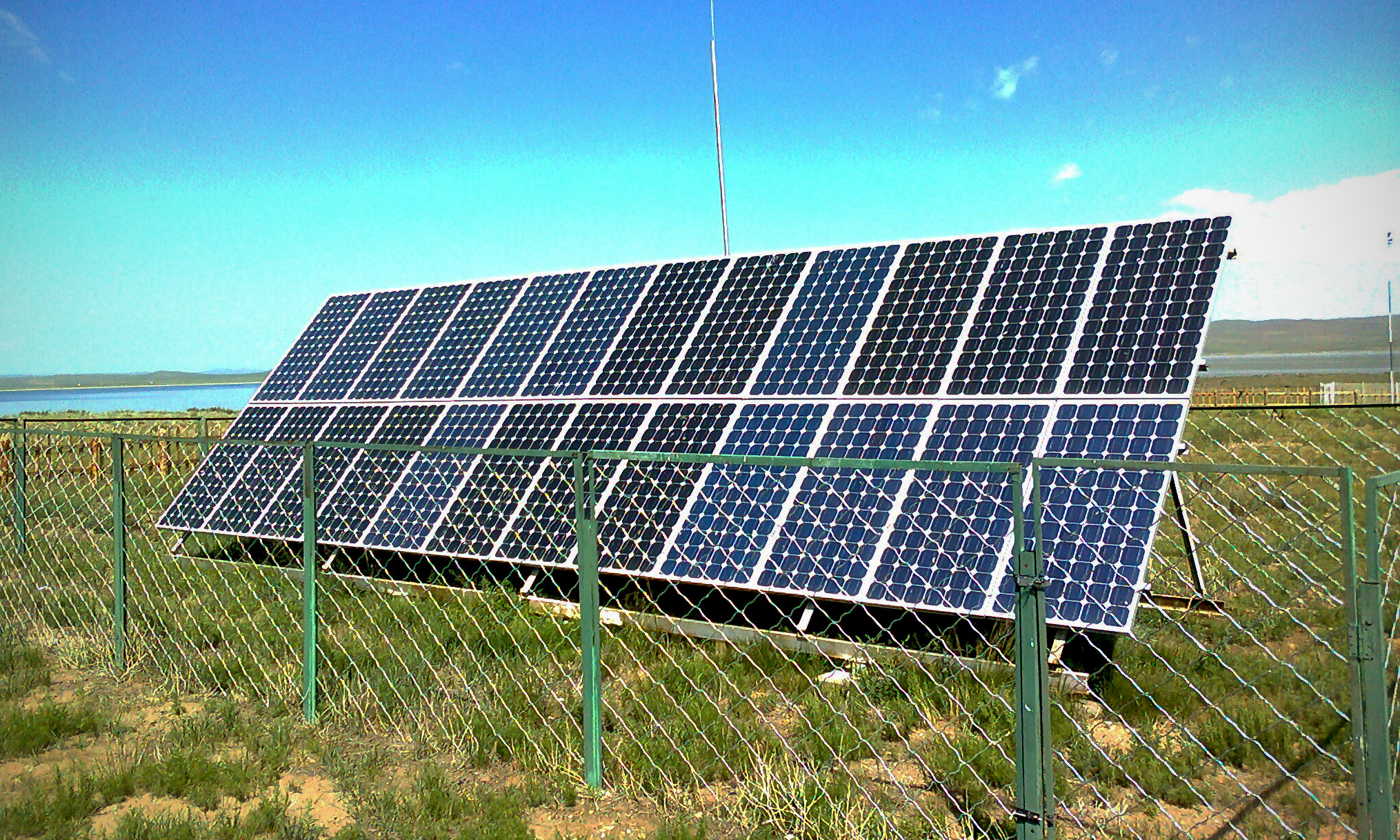Energy in Mongolia on:
[Wikipedia]
[Google]
[Amazon]

 In 2010, the total amount of electricity produced by all types of power plant in Mongolia are 4,256.1 GWh (thermal power), 31 GWh (hydroelectric), 13.2 GWh (diesel) and 0.6 GWh (solar and wind). In 2012,
In 2010, the total amount of electricity produced by all types of power plant in Mongolia are 4,256.1 GWh (thermal power), 31 GWh (hydroelectric), 13.2 GWh (diesel) and 0.6 GWh (solar and wind). In 2012,
 In 2018, 7% of Mongolia's electricity came from renewable power sources, mainly wind power. Mongolia has very sunny weather with average
In 2018, 7% of Mongolia's electricity came from renewable power sources, mainly wind power. Mongolia has very sunny weather with average
Mongolia
Mongolia; Mongolian script: , , ; lit. "Mongol Nation" or "State of Mongolia" () is a landlocked country in East Asia, bordered by Russia to the north and China to the south. It covers an area of , with a population of just 3.3 million, ...
had a total primary energy
Primary energy (PE) is an energy form found in nature that has not been subjected to any human engineered conversion process. It is energy contained in raw fuels, and other forms of energy, including waste, received as input to a system. Pr ...
supply (TPES
Primary energy (PE) is an energy form found in nature that has not been subjected to any human engineered conversion process. It is energy contained in raw fuels, and other forms of energy, including waste, received as input to a system. Pr ...
) of 6.66 Mtoe in 2019. Electricity consumption was 7.71 TWh TWH or twh could refer to:
* Tai Dón language, a language of Vietnam, Laos, and China
* Tai Wo Hau station, Hong Kong; MTR station code
* Tennessee Walking Horse, a breed of horse
* Toronto Western Hospital, a hospital in Toronto, Canada
* Tun ...
. Mongolia is a big producer of coal
Coal is a combustible black or brownish-black sedimentary rock, formed as rock strata called coal seams. Coal is mostly carbon with variable amounts of other elements, chiefly hydrogen, sulfur, oxygen, and nitrogen.
Coal is formed when dea ...
, which is mostly exported. Domestic consumption of coal accounts for about 70% of Mongolia's primary energy and makes up most of the electricity generation, accounting for about 87% of the domestic electricity production in 2019.
Electricity generation

 In 2010, the total amount of electricity produced by all types of power plant in Mongolia are 4,256.1 GWh (thermal power), 31 GWh (hydroelectric), 13.2 GWh (diesel) and 0.6 GWh (solar and wind). In 2012,
In 2010, the total amount of electricity produced by all types of power plant in Mongolia are 4,256.1 GWh (thermal power), 31 GWh (hydroelectric), 13.2 GWh (diesel) and 0.6 GWh (solar and wind). In 2012, coal
Coal is a combustible black or brownish-black sedimentary rock, formed as rock strata called coal seams. Coal is mostly carbon with variable amounts of other elements, chiefly hydrogen, sulfur, oxygen, and nitrogen.
Coal is formed when dea ...
was used to generate 98% of the electricity in Mongolia.
Coal power
Coal-fired power station
A coal-fired power station or coal power plant is a thermal power station which burns coal to generate electricity. Worldwide, there are about 8,500 coal-fired power stations totaling over 2,000 gigawatts Nameplate capacity, capacity. They ...
s are the dominant type of electricity generation in Mongolia
Mongolia; Mongolian script: , , ; lit. "Mongol Nation" or "State of Mongolia" () is a landlocked country in East Asia, bordered by Russia to the north and China to the south. It covers an area of , with a population of just 3.3 million, ...
and may also supply heat. There are 7 currently active power stations.
Renewable energy
 In 2018, 7% of Mongolia's electricity came from renewable power sources, mainly wind power. Mongolia has very sunny weather with average
In 2018, 7% of Mongolia's electricity came from renewable power sources, mainly wind power. Mongolia has very sunny weather with average insolation
Solar irradiance is the power per unit area (surface power density) received from the Sun in the form of electromagnetic radiation in the wavelength range of the measuring instrument.
Solar irradiance is measured in watts per square metre (W/m ...
above 1,500 kW/m2 in most of the country, making solar power
Solar power is the conversion of energy from sunlight into electricity, either directly using photovoltaics (PV) or indirectly using concentrated solar power. Photovoltaic cells convert light into an electric current using the photovoltaic e ...
highly available. 247 MW of solar power plants have been approved for construction. Guaranteed power purchase agreements and favorable tariff structures promote further growth of the industry.
Electricity consumption
In 2018, much of Mongolia's electricity consumption was driven by industry and construction.See also
* Mongolia Energy Corporation * * Environmental issues in Mongolia *Economy of Mongolia
The economy of Mongolia has traditionally been based on agriculture and livestock. Mongolia also has extensive mineral deposits: copper, coal, molybdenum, tin, tungsten, and gold account for a large part of industrial production. Soviet assistan ...
References
{{energy-stub